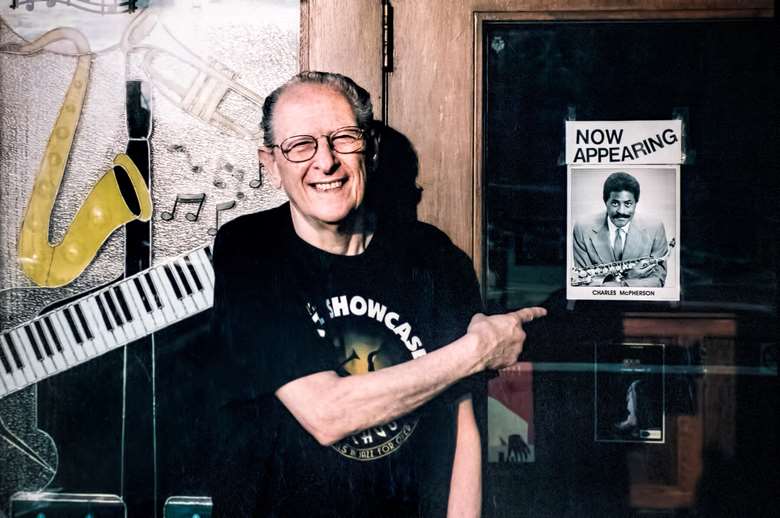Joe Segal (1926-2020) - A tribute by Michael Jackson
Wednesday, August 26, 2020
Chicago’s longest-running jazz impresario - who presented Charlie Parker among countless others - has died aged 94


Register now to continue reading

Thank you for visiting Jazzwise.co.uk. Sign up for a free account today to enjoy the following benefits:
- Free access to 3 subscriber-only articles per month
- Unlimited access to our news, live reviews and artist pages
- Free email newsletter